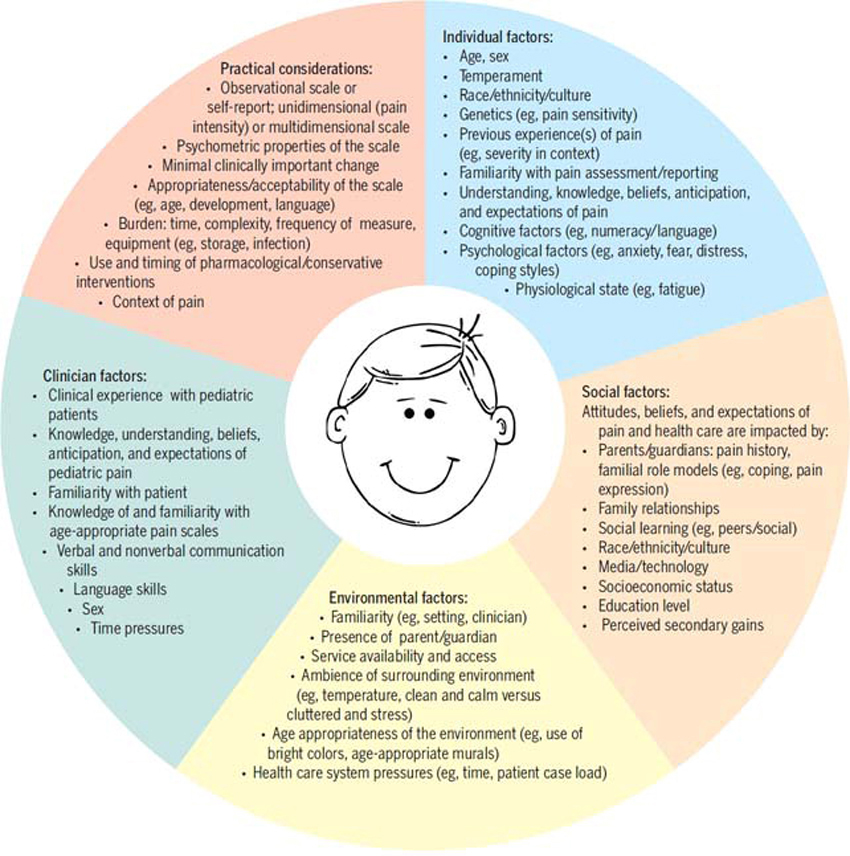What Is the Role Of Chiropractic Care in Prevention or Reduction of Musculoskeletal Injuries in Children?
SOURCE: J Manipulative Physiol Ther. 2012 (Sep); 35 (7): 493–513
Chiropractic Care and Public Health: Answering Difficult Questions About Safety, Care Through the Lifespan, and Community Action
Lise Hestbaek, DC, PhD
Back and neck pain are common ailments in school age children with prevalence rates ranging from 5% to 74%. [38, 39] The prevalence of low back pain increases from preadolescence to early adulthood, [38, 40] but after that, the prevalence rates change surprisingly little. [41] A similar pattern is seen for neck pain, [41] but less is known about the course of other musculoskeletal disorders throughout life. However, extremity complaints are found frequently in children. [42]
It has been demonstrated that children and adolescents with musculoskeletal complaints have a higher risk of having these problems as adults. [43-45] Pain and aberrant musculoskeletal function are known to have other consequences with regard to health. Long-lasting pain conditions, including back pain, have been associated with a generally decreased pain threshold, [46-48] which seems to develop alongside pain, because patients did not have a higher pain threshold than asymptomatic subjects before the onset of back pain. [49] If this process is initiated in childhood, it is likely to increase the impact of minor trauma or overuse in everyday life and thus may induce a lifelong cascade of negative health events, resulting in poorer general health and lower quality of life.
Another possible consequence of musculoskeletal disorders in childhood is pain becoming a barrier to physical activity. Children who are injured while performing sport activities [42, 50] may avoid or stop the activity that caused the original injury. It is also plausible that continued pain or discomfort may reduce motivation to participate and enjoy physical activities. Reduction in activity can have serious health implications over time. It is established that physical activity is one of the most important factors relating to several lifestyle disorders such as diabetes and cardiovascular disease, [51, 52] and it has been shown that increased physical activity in youth can reduce the risk of these disorders in adulthood. [53, 54] Moreover, health habits throughout the lifespan are established in youth, [55, 56] and therefore, promoting and maintaining a healthy level of physical activity in children and adolescence are essential to improve public health. Thus, an important element to reach lifelong health is to optimize musculoskeletal health.
You may also enjoy our:
In essence, prevention and reduction of musculoskeletal complaints in children have the potential to reduce the occurrence of these disorders in adulthood and to improve general health by reducing the risk of obesity, cardiovascular disease, and other chronic noninfectious disease related to reduced physical activity.
The chiropractic profession is well suited to address this important public health challenge. Chiropractic offers expertise in musculoskeletal diagnosis and treatment combined with an integrated approach to health care, including manual treatment and patient education addressing lifestyle factors such as exercise and diet. To make an impact and influence the public health arena in musculoskeletal injuries in children, I recommend that 3 actions be undertaken:
- We need to raise public awareness about the importance of musculoskeletal health in the youth population. A survey of children and adolescents in Danish chiropractic practice showed that more than 20% of these patients had a musculoskeletal complaint for more than a year before seeking care. [57] This may be due to a general belief by parents, caregivers, and coaches that complaints from the locomotor system in children are to be ignored, are rarely serious, and will be outgrown. Such beliefs need to be changed and require a conjoined effort between politicians, clinicians, researchers, and educators.
- We need to establish an evidence base for the best treatment strategies for pediatric musculoskeletal conditions. Presently, there is little evidence base for treatments for children. Although manipulative therapy is one of the most commonly used therapies for musculoskeletal complaints, in this age group, [58] it has been scarcely researched. [59] Most research has been conducted on adult populations, and results cannot necessarily be extrapolated to the younger population.
- We need to develop screening procedures to identify children at risk for musculoskeletal injuries to implement targeted primary prevention. These procedures must not only be valid and reliable but should be able to guide prevention.
The paucity of scientific evidence reflects the previous lack of interest in musculoskeletal complaints in this age group from all health care professionals, including DCs. There are positive signs that this is changing and the pediatric population is attracting more attention — both from the politicians and the research communities. Hopefully, this interest will result in better evidence-based prevention and treatment of musculoskeletal disorders in children and adolescents, which can contribute positively to improved overall public health outcomes in the long term.





Notwithstanding the valuable service we provide for patients of all ages, I think it’s understandable why more research hasn’t been done in pediatrics. As a parent I would be hesitant to allow my child, especially a young child, to participate as a research subject in any field. And I think this is reflected in the lack of pediatric research in all disciplines.
Yes, good overall health starts with discipline at a young age. To keep children healthy from childhood on, there must be discipline from day one. It’s sad when I see children and young adults come for chiropractic help and they’re so young. Parents must teach good health.
Yes I agree that the chiropractic profession is well suited to address this important public health challenge. Chiropractic is a type of specialty in the health care system that is designed to evaluate, diagnose and complete a treatment of disorders that are associated with the musculoskeletal system.
It’s sad seeing kyphotic necks and joint degeneration in teenagers. Most of them feel “ok” yet have a large underlying problem brewing. Very curious how a child gets almost everything checked except their spine.